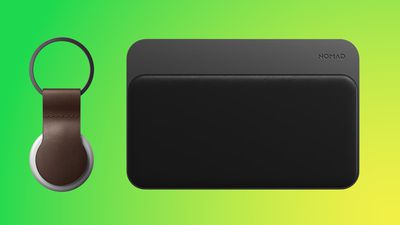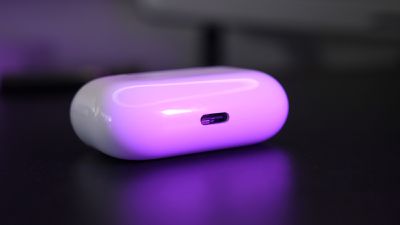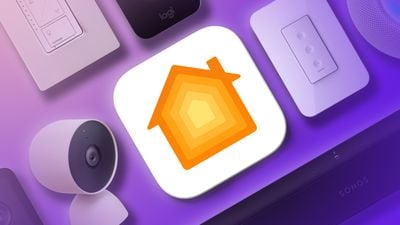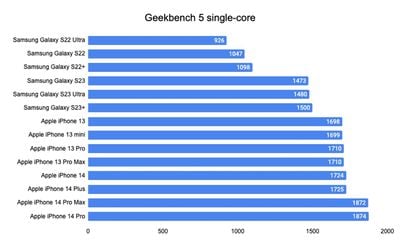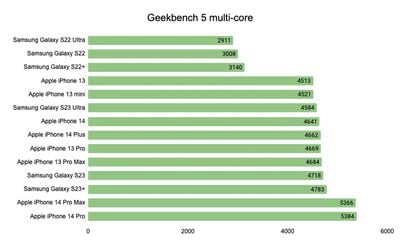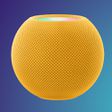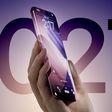Apple's App Store policies may be violating Japanese antitrust law, according to a new report from the Japan Fair Trade Commission (FTC) that was shared by Nikkei. Japanese regulators do not believe there is enough "competitive pressure" on Apple and Google as the two companies have a duopoly in mobile operating systems and dominate the app market.
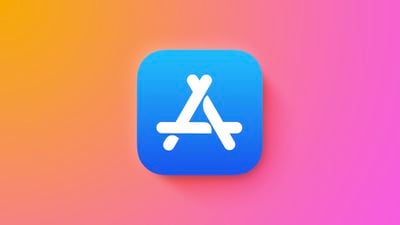
Japanese regulators want Apple and Google to allow users to choose third-party payment methods for apps and services, rather than forcing them to use the built-in purchase options in the App Store and Play Store. Google allows for third-party payment options for apps as of 2022, as does Apple in a very limited number of countries that have passed legislation calling for alternate payments.
The FTC suggested that app store commission rates between 15 and 30 percent could be an abuse of a dominant bargaining position. Apple in response said that a commission-based model was the best way to encourage development, while Google said that most developers are charged rates of 15 percent or less.
The two companies were also accused of manipulating search rankings to favor their own apps over competitors, which they denied.
The Japan FTC is calling for further regulation to suppress anti-competitive behavior, and said that it plans to work with the government council on digital competition on new laws. FTC head Ryota Inaba told Nikkei that the group will "respond strictly to any behavior found to violate antitrust law."
Today's report suggests that Japan could force Apple into accepting third-party payment options, something that it already does in South Korea after the country passed a law banning app store operators from forcing developers to use their billing systems. Apple has a similar allowance for dating apps in the Netherlands, allowing them to accept alternative payment methods after a dispute with the country's Authority for Consumers and Markets.
In Europe, Apple is gearing up to accommodate the Digital Markets Act, which will require it to allow apps to be downloaded on the iPhone using sideloading or alternate app stores, functionality expected as soon as iOS 17.
Note: Due to the political or social nature of the discussion regarding this topic, the discussion thread is located in our Political News forum. All forum members and site visitors are welcome to read and follow the thread, but posting is limited to forum members with at least 100 posts.


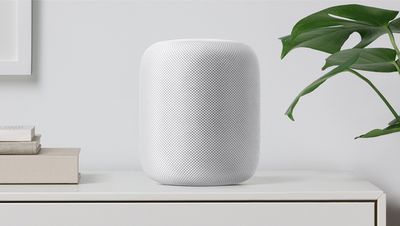


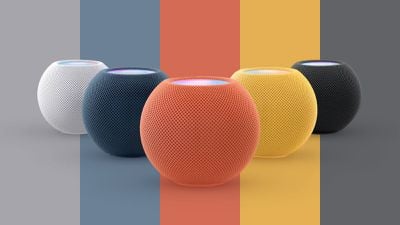 Note: MacRumors is an affiliate partner with some of these vendors. When you click a link and make a purchase, we may receive a small payment, which helps us keep the site running.
Note: MacRumors is an affiliate partner with some of these vendors. When you click a link and make a purchase, we may receive a small payment, which helps us keep the site running.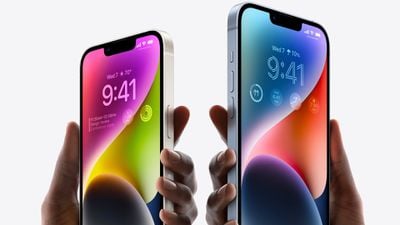
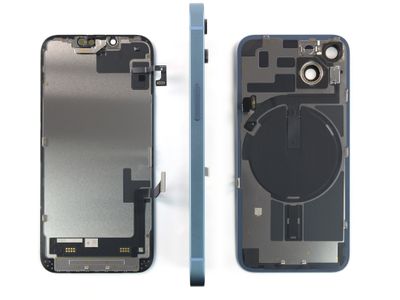
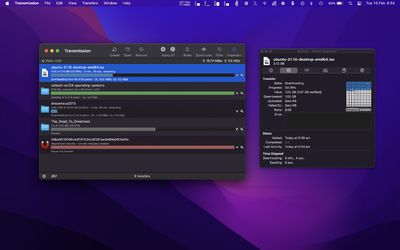
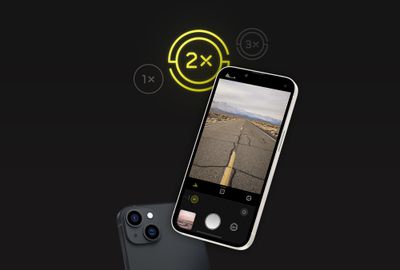
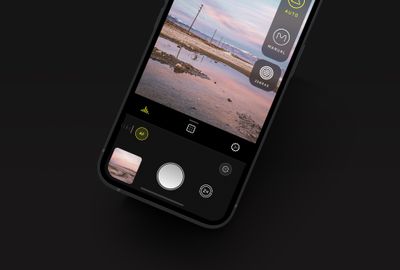



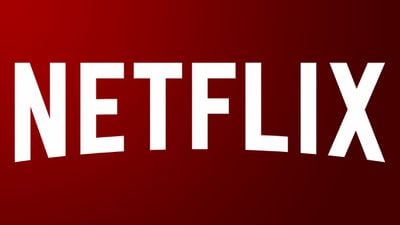
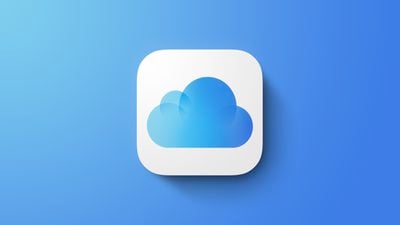
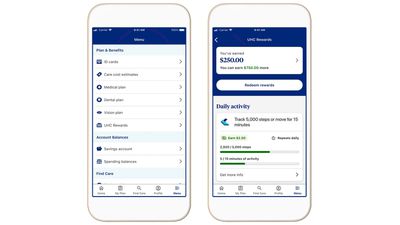
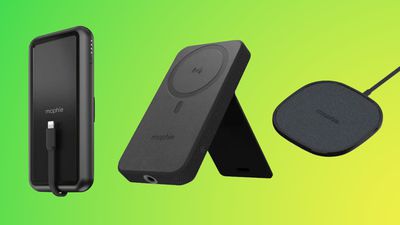 Note: MacRumors is an affiliate partner with these vendors. When you click a link and make a purchase, we may receive a small payment, which helps us keep the site running.
Note: MacRumors is an affiliate partner with these vendors. When you click a link and make a purchase, we may receive a small payment, which helps us keep the site running.